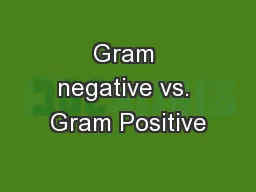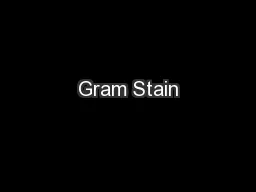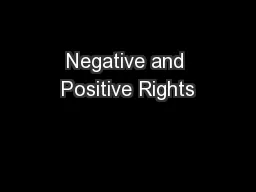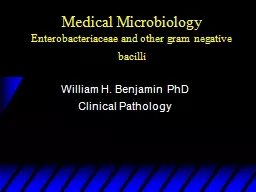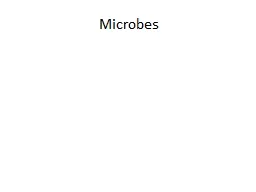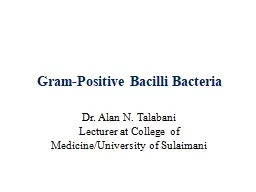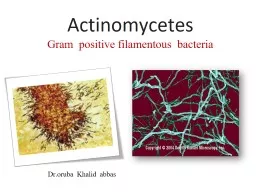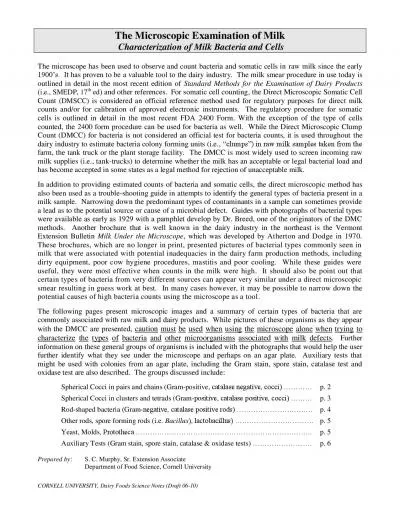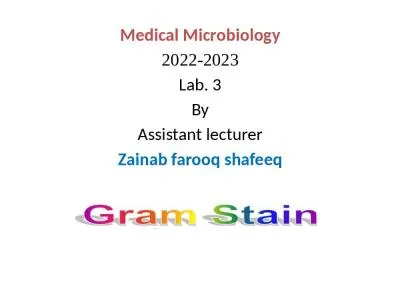PPT-Gram negative vs. Gram Positive
Author : conchita-marotz | Published Date : 2017-10-24
Physical differences amp clinical signifigance Figure 48b Gram positive bacteria Gramnegative bacteria Figure 48a GramPositive cell walls Teichoic acids Lipoteichoic
Presentation Embed Code
Download Presentation
Download Presentation The PPT/PDF document "Gram negative vs. Gram Positive" is the property of its rightful owner. Permission is granted to download and print the materials on this website for personal, non-commercial use only, and to display it on your personal computer provided you do not modify the materials and that you retain all copyright notices contained in the materials. By downloading content from our website, you accept the terms of this agreement.
Gram negative vs. Gram Positive: Transcript
Download Rules Of Document
"Gram negative vs. Gram Positive"The content belongs to its owner. You may download and print it for personal use, without modification, and keep all copyright notices. By downloading, you agree to these terms.
Related Documents

